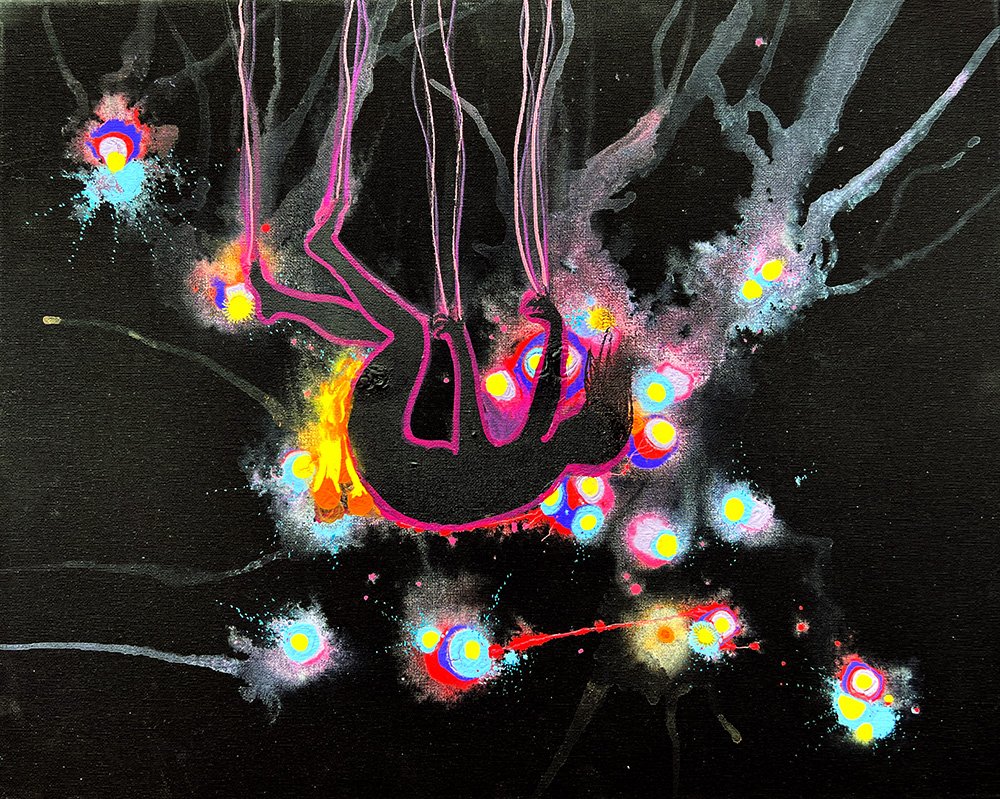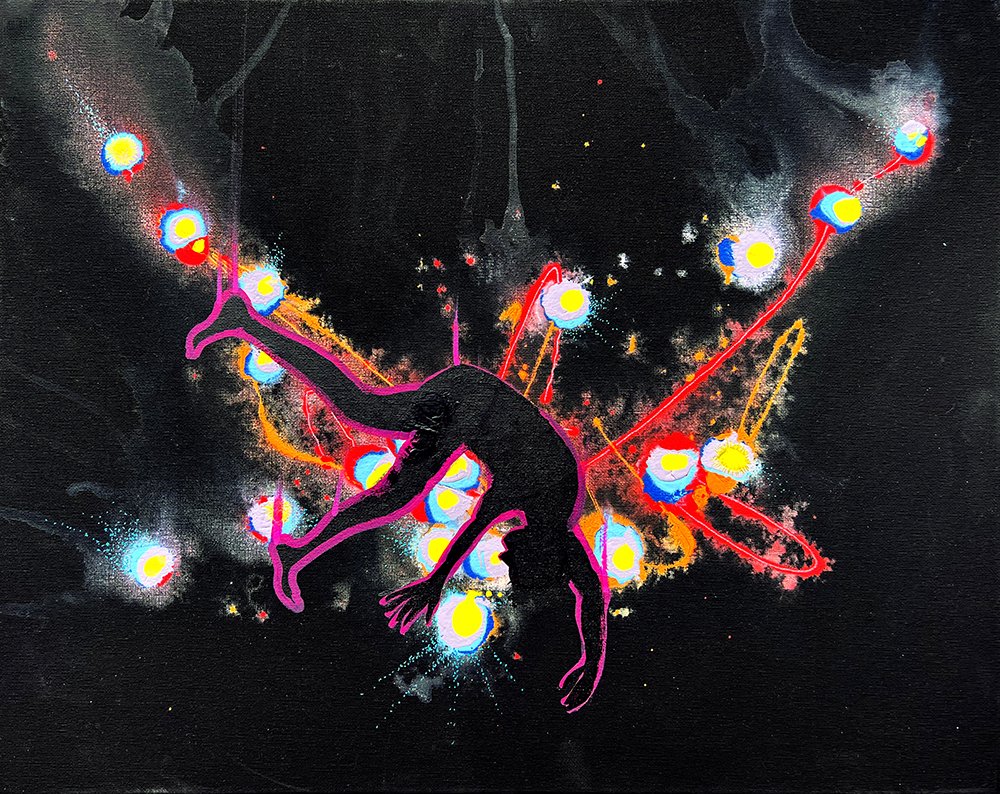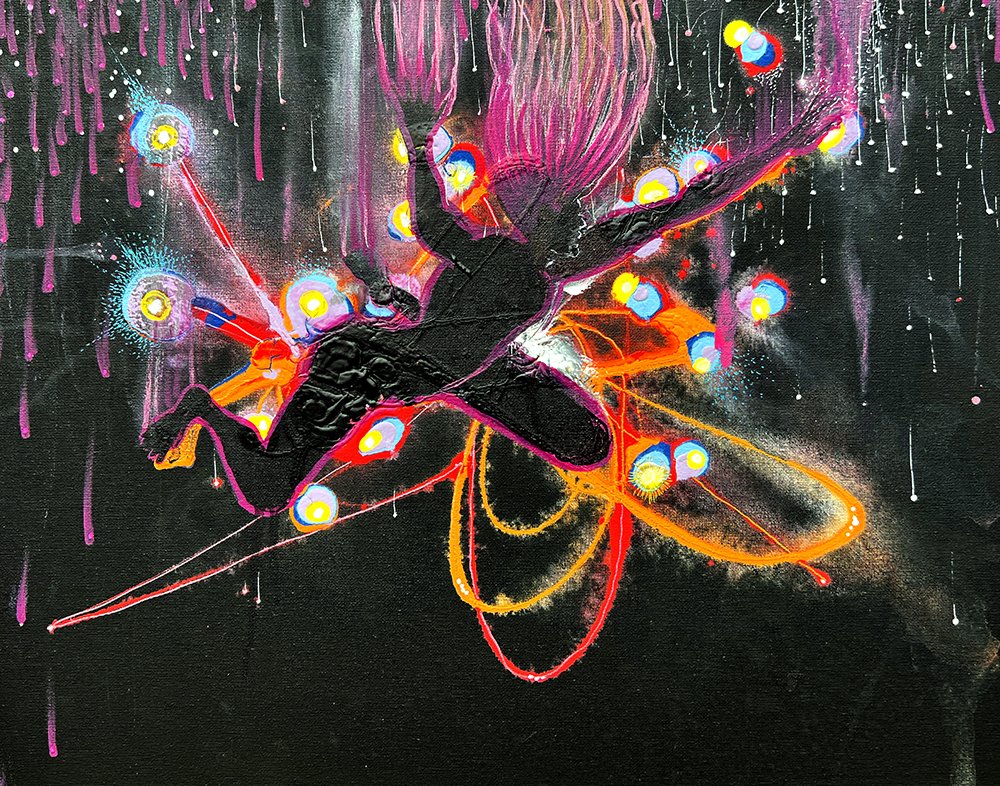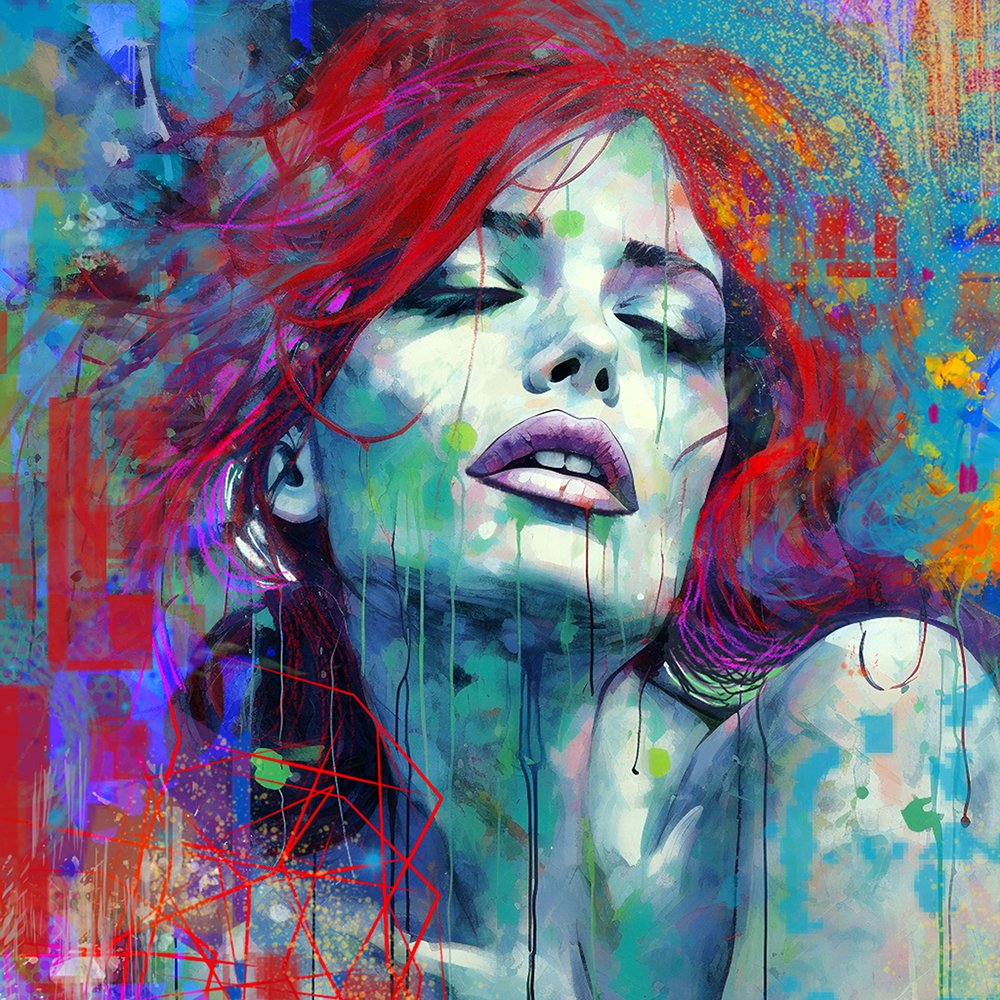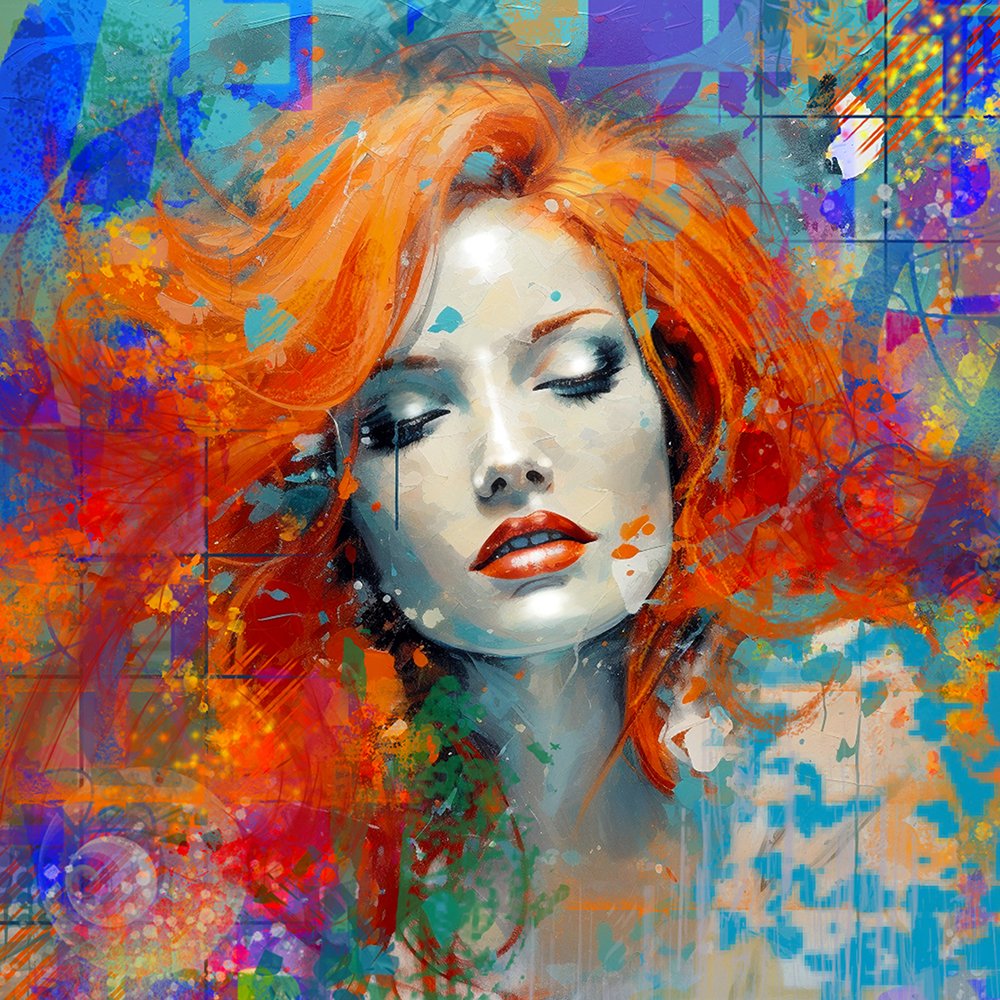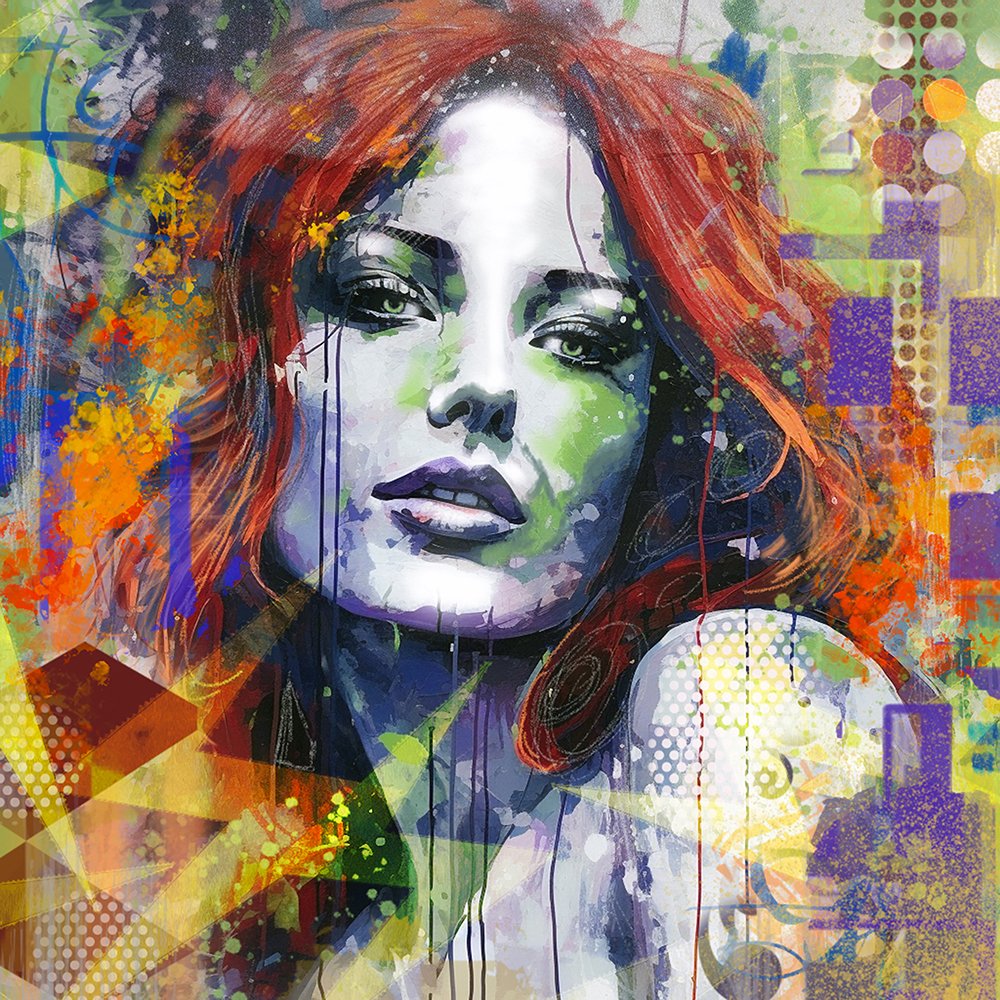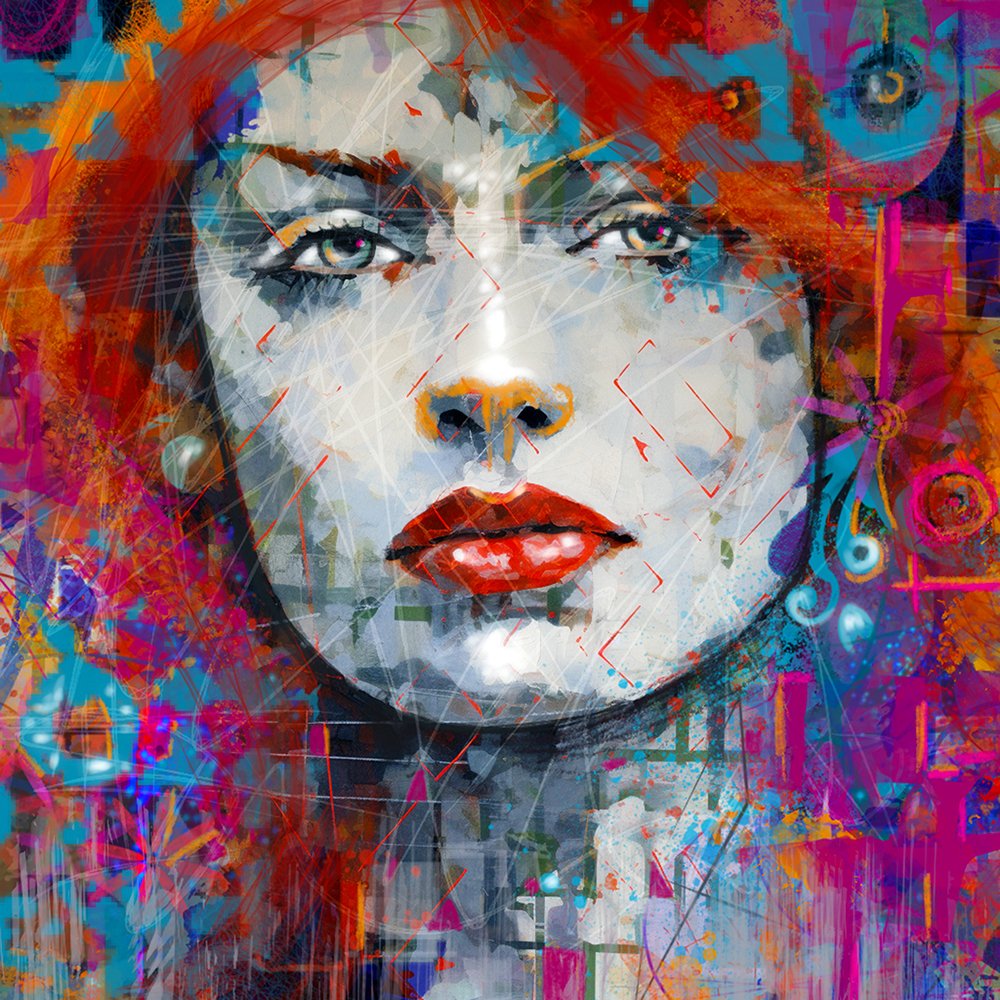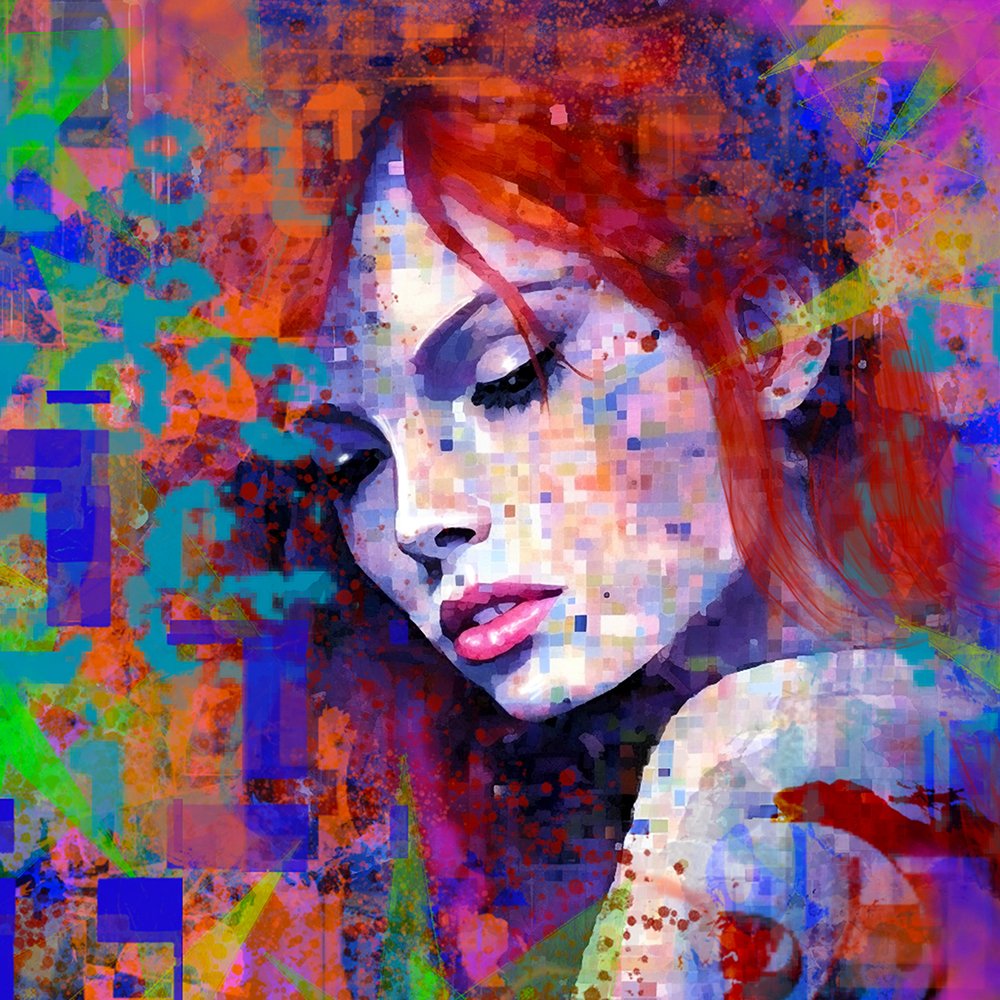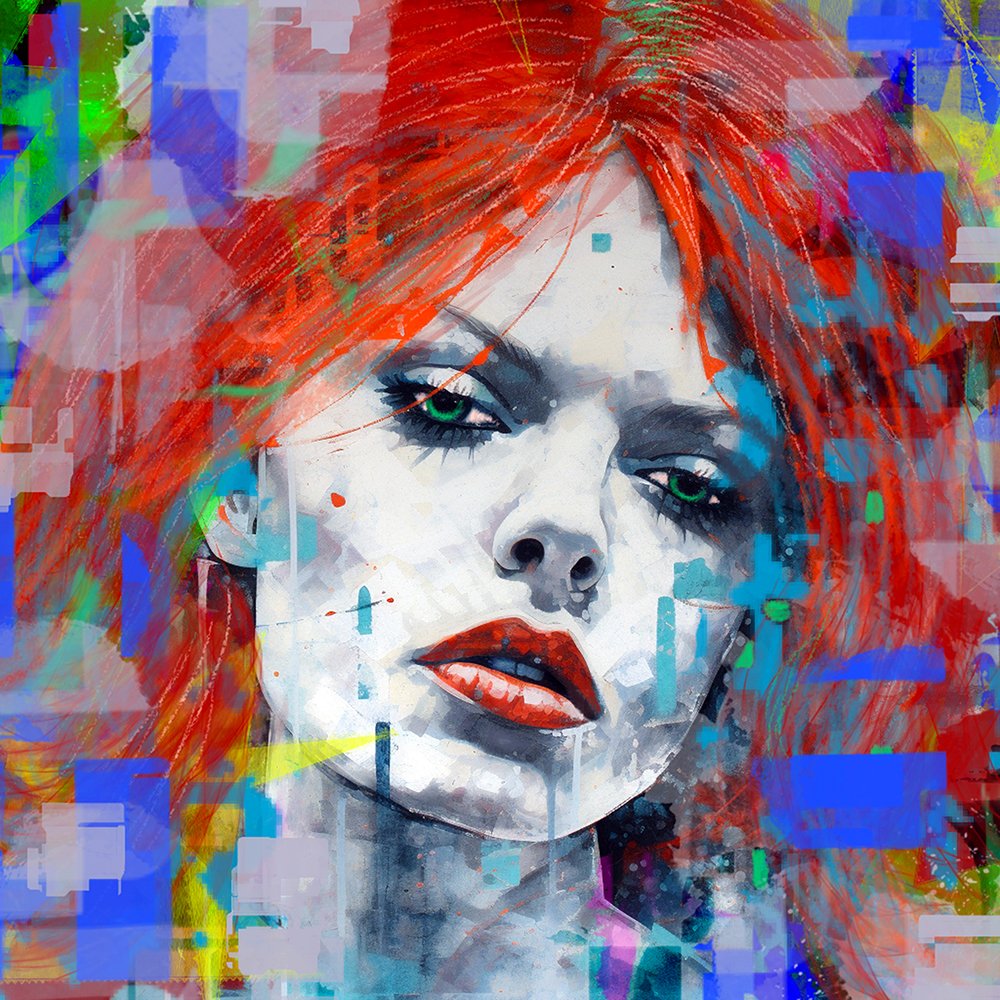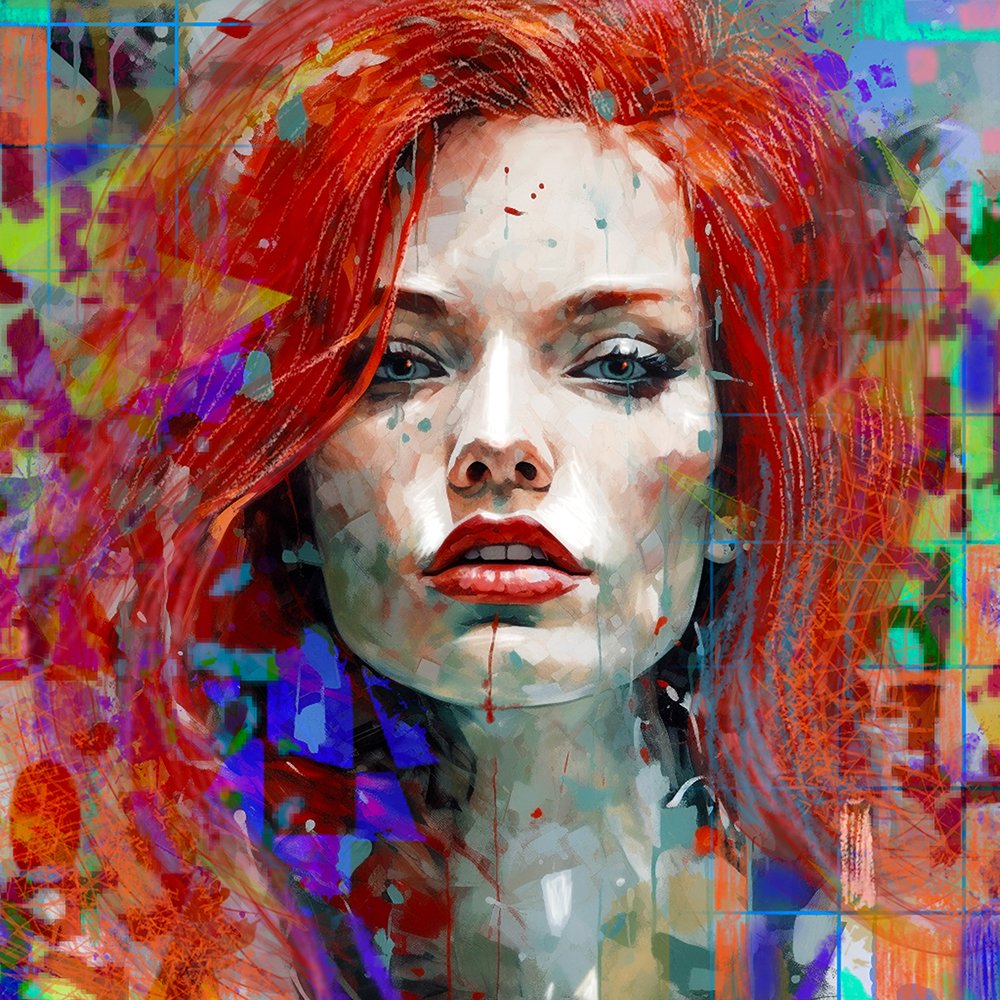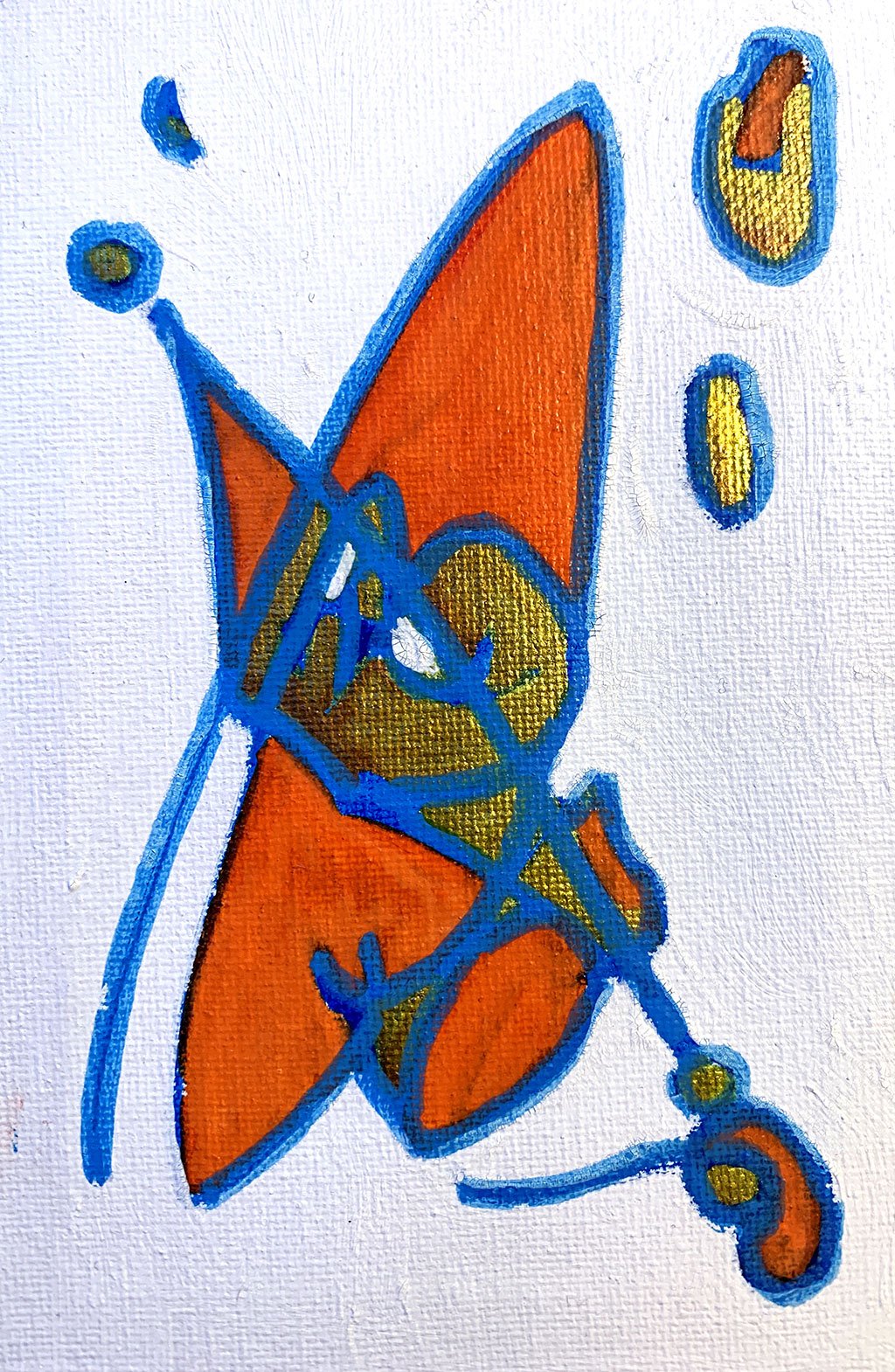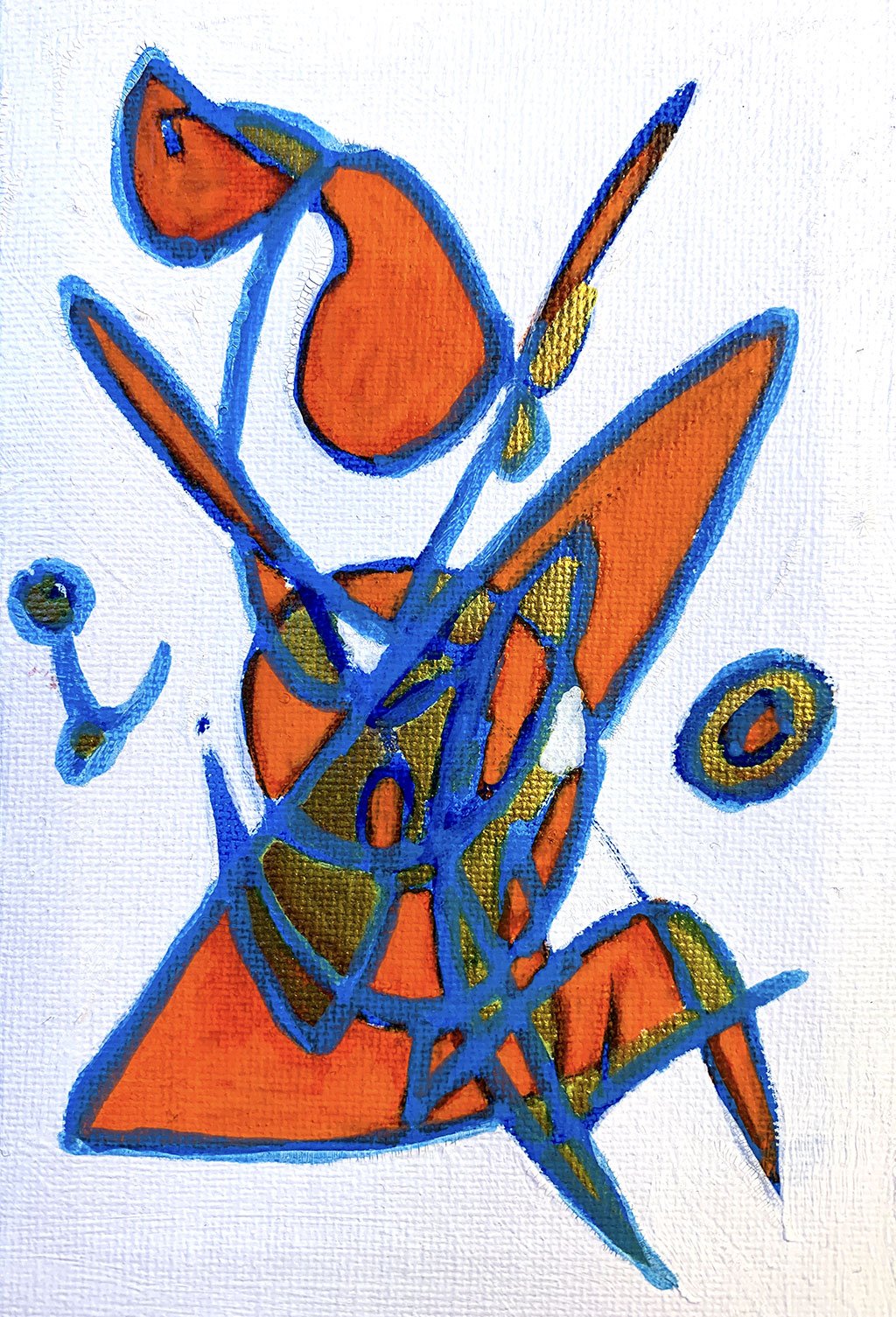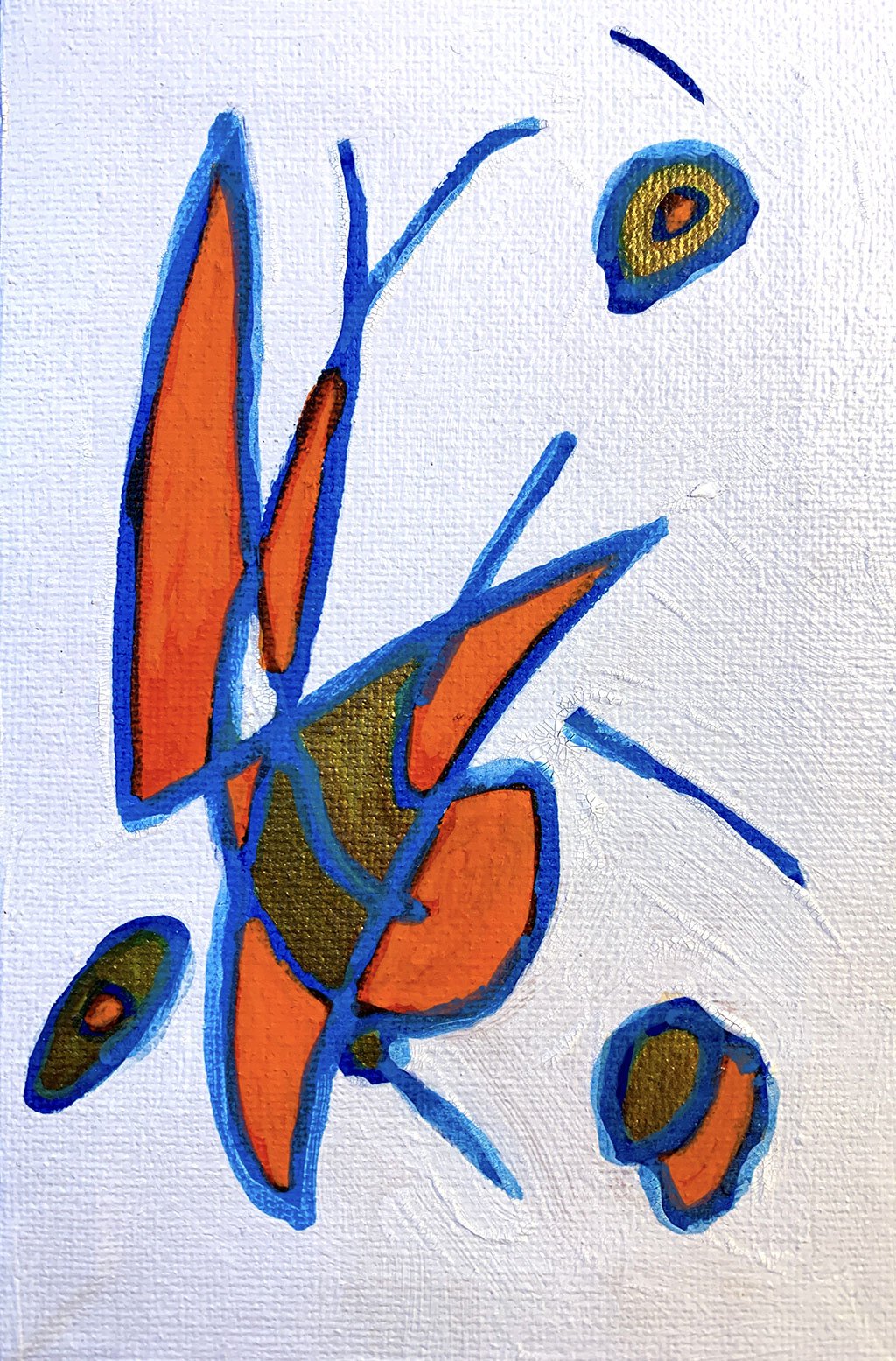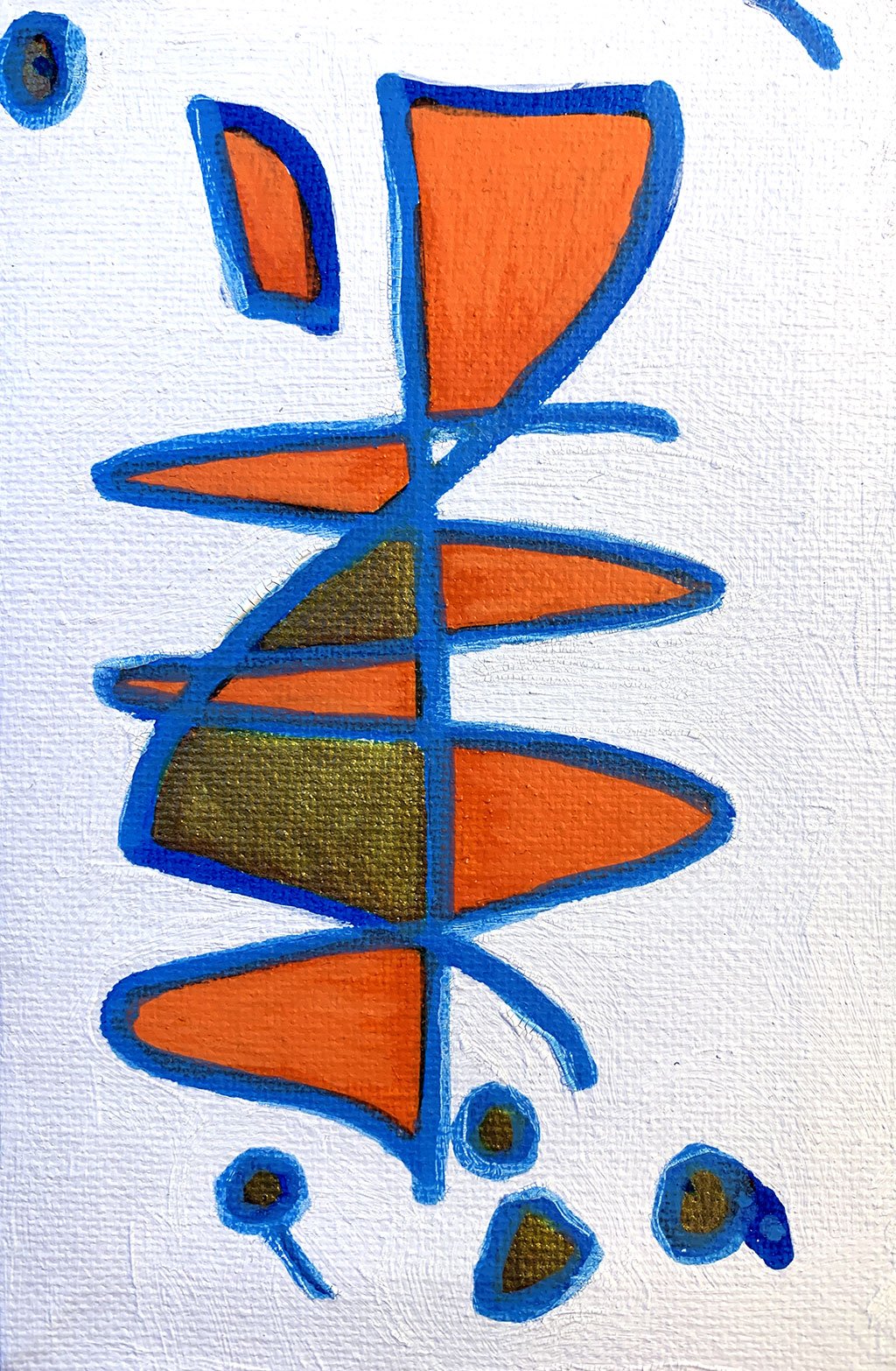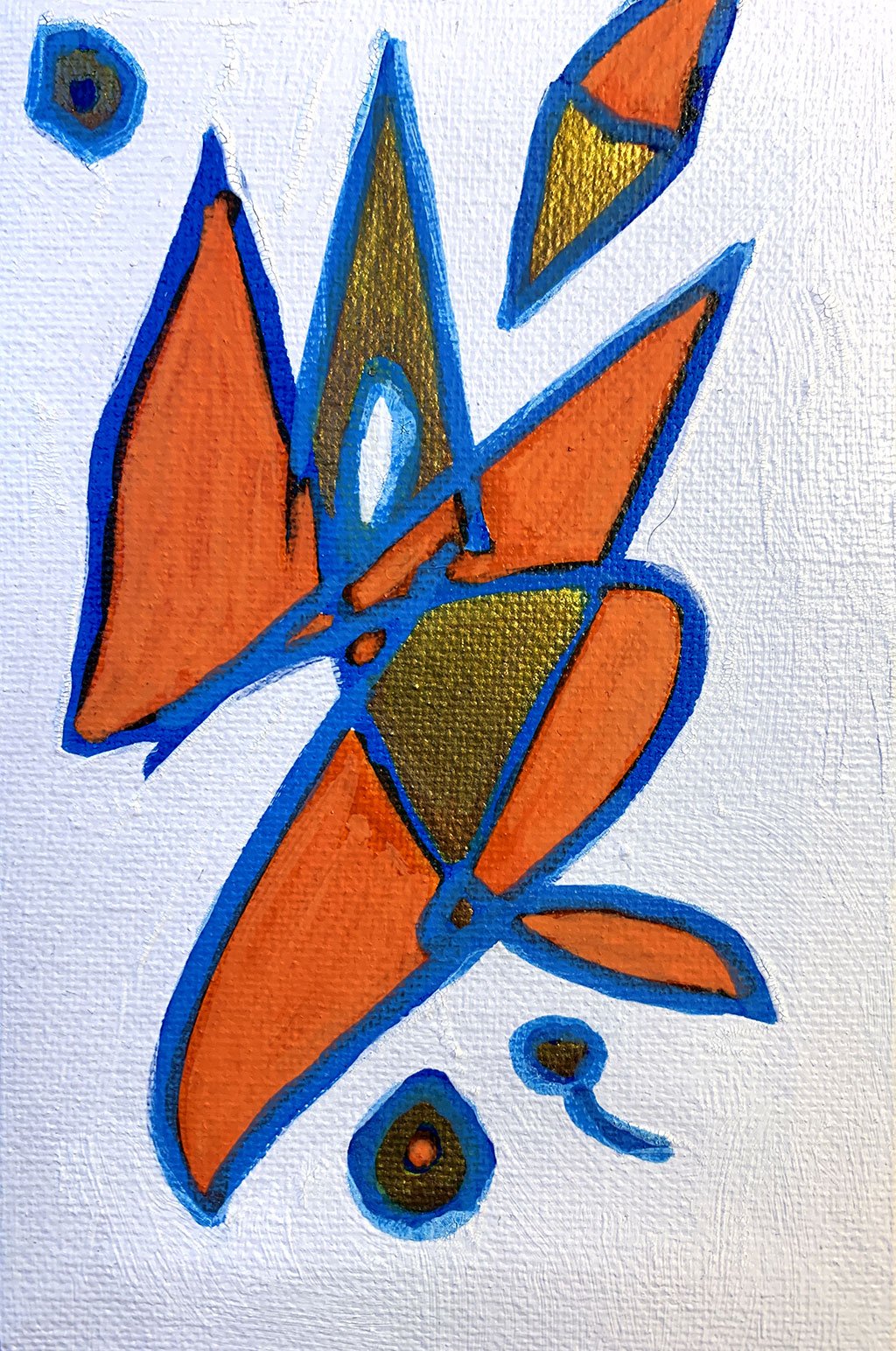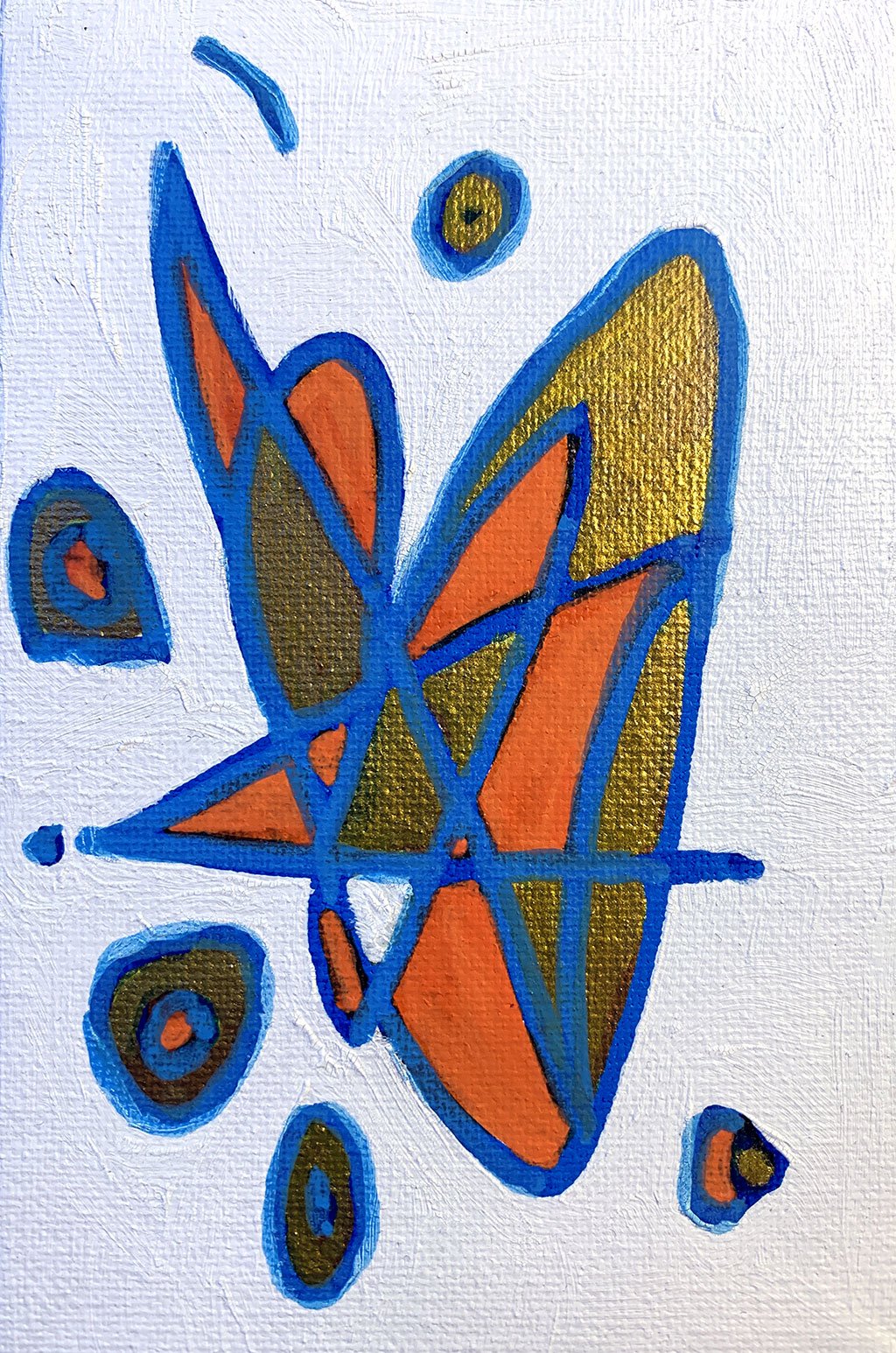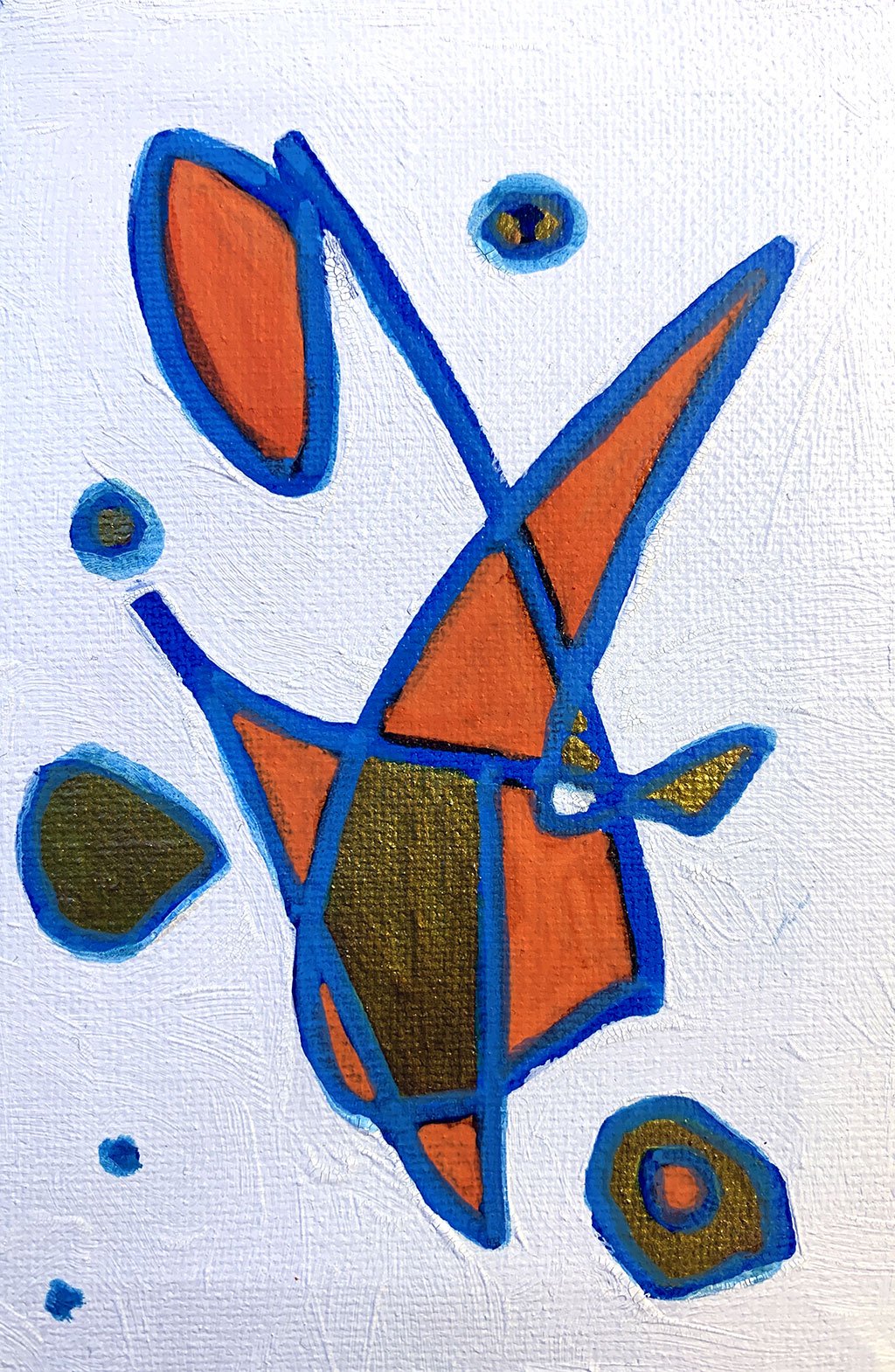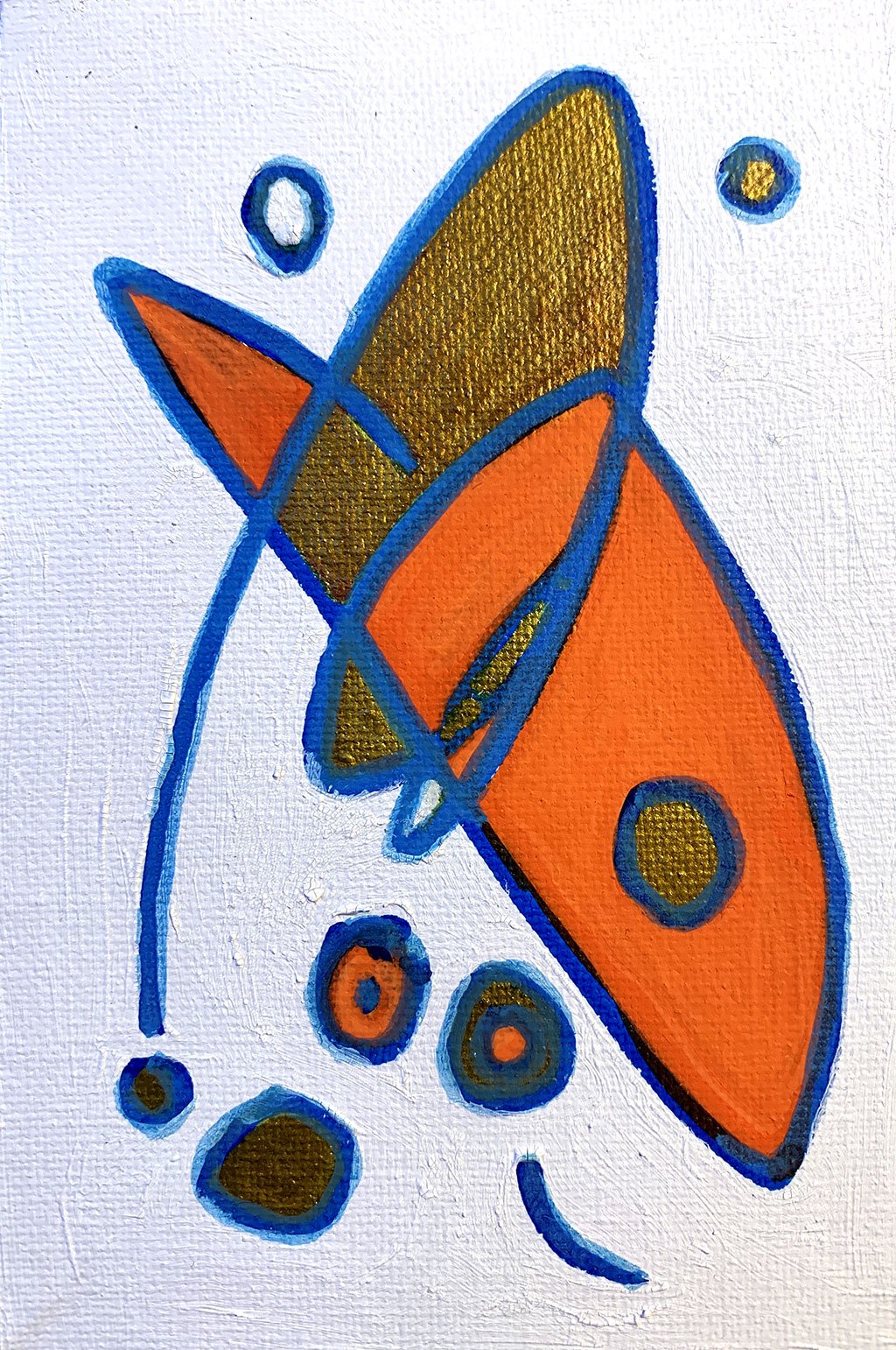Interview
Allan Linder
Allan Linder is a versatile creative force, internationally recognized as both an accomplished artist and a seasoned Digital Strategist. With a career spanning over three decades in artistic achievement and a distinguished path in marketing, Allan seamlessly melds his passion for visual expression with strategic acumen. Embarking on his artistic journey at Installations One art gallery in Los Angeles during the 1980s, Allan gained early acclaim with the "Freedom" series, exploring the fall of the Berlin Wall and earning recognition, including a feature in the LA Times. In 2000, Allan transplanted himself to New York City, deepening his artistic pursuits and exhibiting at the Artists' Gallery in Chelsea, where he mingled with esteemed artists like Robert Goodnough, firmly establishing his presence in the international art scene.
The breadth of Allan's artistic portfolio spans various mediums, including paintings, drawings, digital art, mixed media, and sculptures. Notably, his recent collection, "Cityscapes," showcases his innovative approach, seamlessly blending traditional hand-painted artwork with digital techniques, resulting in mesmerizing prints adorned with acrylic layers that breathe life and depth into each piece. Beyond gallery walls, Allan's artistic legacy is etched into esteemed institutions such as the Elmira Museum of Art, NY, and The Rochester Contemporary Art Center, NY. His exhibitions have left an indelible mark worldwide, from Brazil and Germany to France, Spain, and Italy.
What is your background and how did you start your journey in the art world?
“I was born in the USA. My father was in the service so we traveled a lot when I was growing up. This nomadic lifestyle inspired my artistic career because of the constant change in culture and scenery every time we moved. I come from a family of artists which was very encouraging for me while understanding my talent. Art was an organic process for me from a very early age. I came from meager beginnings. My mother who is also an artist would teach me and my siblings to draw for entertainment. Eventually, teachers noticed my work was different and encouraged me to be more creative. I followed that path because it was part of my fabric, my soul. I started winning awards for my art as a child, and that began my artistic career. I have been working in traditional painting, sculpting, and digital art for over thirty years. I have since had hundreds of exhibitions around the world in different art galleries and museums. I am currently living and working in New York City.”
What inspires you?
“Inspiration comes in many forms. My work has bits and pieces of my journey through life, both good and bad. Overall, I try to keep a positive outlook on my creative perspective so my techniques improve over time. As an artist, we have to recognize the beauty of the things that came before us. Every generation has their struggles and their artists. If I can learn anything from them and use it to improve my generation, I do. I find inspiration in the beauty and complexity of the natural world. The colors, patterns, and forms found in landscapes, plants, animals, and even microscopic organisms can serve as a rich source of creative ideas. Nature provides endless possibilities for exploration and interpretation, whether through realistic representation or abstract expression. Cultural diversity, including traditions, customs, and art from different parts of the world, can be a powerful source of inspiration. I draw on the rich visual elements of diverse cultures, incorporating symbols, motifs, and techniques into my work. This not only adds depth to my creations but also promotes a broader understanding of the global human experience. Personal emotions and experiences often serve as a profound source of inspiration for my work. Whether it's joy, sadness, love, or struggle, I channel my feelings into my artwork. This can result in deeply personal and meaningful creations that resonate with others who may share similar emotions or experiences.”
What themes do you pursue? Is there an underlying message in your work?
“The current state of the world is a mess, maybe it always has been and I just wasn’t paying attention. I finished a new series of paintings last year titled “Hues of Freedom,” which feeds the roots of what makes this country free, the people who demand freedom, and the people who fight for freedom so that the next generation can benefit from their hard work and sacrifices. Starting with non-traditional colors for these paintings I worked on the essence of what each of these moments in time was, what these generations went through, and their message along with the conviction to their cause. I’ve also recently exhibited a series of paintings titled “Manifest No War,” which deals with the war in Ukraine. It is a series of mixed media collage artwork using woven fabric patterns passed down from the Ukrainian people, their national currency, and news clippings along with cast plastic sculptures of average hard-working people. Being strong in the face of adversity is, to say the least, challenging. Many of the pieces evoke notions of freedom, solidarity, and resilience to help those affected by the war in Ukraine. This series of paintings was exhibited at Rochester Contemporary Art Center, in New York. My focus on digital portraiture is about exploring the essence of the human condition and what that might look like in the future. As we enter the virtual world more and more, we will need a representation of who we are as individuals in this space. The idea of a Supreme Mind as a physical avatar called to me, and I began a pursuit of finding the essence of human portraits as futuristic digital avatars. This is a new beginning for my artwork, and a bridge between real and unreal.”
How would you describe your work?
“It is an interesting question, one that I have struggled with since the early 90’s. All artists today stand on the shoulders of the giants that came before us, and back then, they didn’t have a digital option. I didn’t always embrace digital artwork as a true medium I tried very hard to emulate how the masters created paintings the traditional way for most of my early career. Traditional painting has an immediate tactile response to it. I can pick up a large canvas and throw paint at it if I want to. You can’t do that with digital art on an iPad or screen. Yes, I know that with immersive VR technology, you can throw paint on a virtual canvas. But, I think you get my meaning. Now, I enjoy both of these creative processes and they both have a place and time in my art studio. In the 90s I did a lot of freelance work for different animation studios such as Disney, and Warner Bros. Sometimes I was creating storyboards, and other times I was designing characters for animated TV shows, and films. Most of that work was traditional, not digital. All of it was a great learning experience for me to understand new techniques and styles that can be applied to my work today.
During that time, I began working on an early Mac Plus computer, and a Windows 95 PC. I explored software such as Lightwave 3D, Bryce, Poser, Photoshop, and many others. My early options for combining the two processes were, first, making digital art, then printing it out on paper, and then drawing on top of it, or using it as a jumping-off point for different compositions. Today digital technology has become incredible. Now, I begin with a traditional painting of my design, I scan the artwork using a high-resolution flatbed scanner. Now I use my original work as a jumping-off point for new creations that include adding multiple layers of digital fractal work, motion animation, and more. After I have played with a painting long enough, I might have one hundred or more layers of digital artwork on top of a traditional painting. It is a very unique process. I have developed a method that I can stabilize animated layers, and then flatten everything to 8k resolution, I then print it out on a canvas and then begin again. The entire process takes weeks sometimes, but the result is stunning with hundreds of layers of both digital and real paint added to the final piece. My interests in traditional and digital art continue to grow with new materials, digital painting tools, animation, artificial intelligence, and the NFT renaissance.”
Which artists influence you most?
“I've been immersed in the wonderful world of art since the 1980s, back when I was soaking up inspiration in the vibrant city of Los Angeles. Connecting with writers, celebrities, seasoned artists, and poets was illuminating for me, and it played a huge role in shaping and honing my artistic skills. My artistic journey has led me to create artwork with a realist approach to painting, and I've experimented with various styles influenced by different artistic movements like neo-expressionism, pop art, and abstraction. Drawing inspiration from some incredible artists the likes of Andy Warhol, Jean-Michel Basquiat, Robert Rauschenberg, Patrick Nagel, Lari Pittman, and Kenny Scharf has been a driving force behind my creations. It's all about finding meaning in every stroke of the brush and every sculpted form. Jean-Michel Basquiat's work opened the door for me to think about poetry, drawing, and painting, mixed with text and image, abstraction, symbolism, and historical ideas blended with a modern eye. He used social criticism in his paintings as a device for self-reflection, and for addressing his experiences in the Black community, as well as a weapon against injustice and systems of racism. His visual poetics were keenly political and aggressive in their judgment of imperialism and the foundation for class struggle.”
“My focus on digital portraiture is about exploring the essence of the human condition and what that might look like in the future.”
What is your creative process like?
“It all starts with coffee. That’s what gets my brain going in the morning. I usually start with some morning sketches of familiar things, our dogs, clouds, the room, etc. These are warm-ups that get the creative mojo going. If I am working on a new series of paintings or digital works, I usually just dive right back in starting with assessing how good or how bad everything turned out the day before. I am always working on multiple projects at the same time. I have created a system of workstations in my studio with all of the necessary tools in each area for a particular style or type of work so I don’t have to waste time moving tools around to each project. For instance, I have an electronics station where I am working on building an animatronic sculpture for an upcoming exhibition. All of the electronic components, adhesives, soldering, and testing equipment must be separated for ease of the build. On the table next to that is my drawing workstation where I am designing my fourth graphic novel. In this area, I have a light table, storyboard sheets, pencils, markers, all manner of drawing implements, and working pages along with my reference material for that project. Next is my easel with my newest painting, palette, brushes, and canvas. This organization process allows me to pick up where I left off without searching for a specific brush, or pencil that I put down somewhere else in my studio. The main reason for this is that each project or series needs time to either dry or cure depending on the type of materials I’m using, or marinate in my brain a little longer because of the unique challenges involved with the type of art that I am making.”
What is an artist’s role in society and how do you see that evolving?
“The role of an artist in society is multifaceted and can vary across different cultures and periods. Generally, artists contribute to society in several ways: Expressing and Reflecting Culture: We often serve as mirrors, reflecting the values, beliefs, and emotions of a society. We express the collective identity, capturing the essence of a culture through various art forms. Social Commentary: We have the power to comment on social, political, and environmental issues. Through our work, we can raise awareness, provoke thought, and inspire action, fostering a deeper understanding of the world. Entertainment and Aesthetics: Art can entertain, bringing joy and pleasure to individuals. Additionally, it enhances the aesthetic experience, contributing to the beauty and richness of life. Challenging Conventions: Artists often push boundaries, challenging societal norms and conventions. This can lead to the evolution of cultural perspectives and the breaking down of barriers, fostering innovation and progress. Preservation of Heritage: Artists play a crucial role in preserving cultural heritage through the creation and maintenance of traditional art forms. This helps in passing on cultural values and practices to future generations. As for the evolution of the artist's role in society, it is influenced by various factors, including technological advancements, social changes, and global issues. Here are a few potential trends: Technology Integration: With the rise of technology, artists may increasingly incorporate digital tools, virtual reality, and artificial intelligence into their creations, expanding the possibilities for artistic expression. Activism and Social Impact: The connection between art and activism may strengthen, with artists using their platforms to address pressing social and environmental issues, advocating for change, and promoting social justice. Ultimately, the artist's role in society is dynamic and ever-changing, shaped by the evolving cultural, technological, and social landscapes.”
Have you had any noteworthy exhibitions you'd like to share?
“Last year, I had twenty-one exhibitions in seven countries and my work was featured at NFT.NYC. This year I was invited back to NFT.NYC to exhibit once again. Several exhibitions stand out and there are several that are noteworthy. The first one on this list is the Hues of Freedom exhibition at the Lockwood-Matthews Mansion Museum. To me, this was a defining moment to exemplify what Freedom means. It means so much to so many people but in different ways. For one person, it could mean the freedom to vote, to another it could mean the freedom to be treated equally. Another exhibition that stands out is the LymeLight Dart for Art exhibition. LymeLight Foundation's mission is to provide grants to enable eligible children and young adults with Lyme disease to receive proper treatment and medication as well as to raise awareness about Lyme disease. Donating work for this show gives me a great sense of purpose.”






